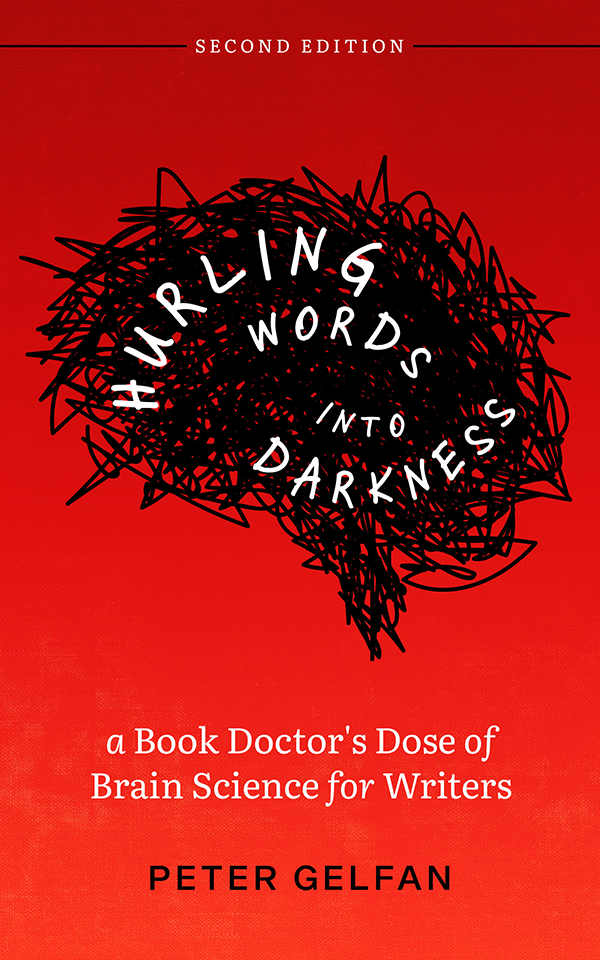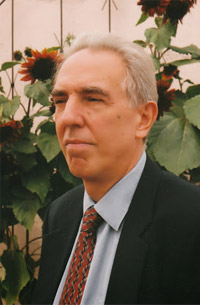Writing Backward and Forward
Recently, I’ve had two clients with MFA degrees who wrote very nicely but were both having trouble with their novels’ plots. Just to make sure we were talking about the same thing, I asked each of them to define what they meant by plot. I was expecting some variation on the usual definition most novelists have, along the lines of a character’s book-spanning struggle to obtain or accomplish something he or she desperately wants.
One of the MFAs defined plot as the changes the protagonist goes through during a novel. Most novelists would probably call this character development or character arc, which usually runs in tandem with plot as its internal manifestation. The other described plot as the novel’s thematic schema.
I wondered why a writer and editor’s definition would be so different from those of two MFAs, and it occurred to me that writers, editors, and most readers look at books quite differently than do academics and critics. It reminds me of that Søren Kierkegaard quote, “Life can only be understood backwards; but it must be lived forwards.”
A book can no doubt be more fully understood backwards—by mulling it over in hindsight, rereading it once you know how it all turns out, analyzing how the writer put it all together, and likely reading what other critics have said about it. But most writers, even if they dream of critical acclaim and inclusion on university curricula, write for readers who will read the book once, forwards. That’s where a plot comes in, to compel readers onward from the start rather than only make sense when later contemplated.
But don’t get me wrong. I don’t wish to promote the largely phony divide between the “literary” novel that can only be appreciated by sophisticated intellectuals and the “popular” novel that speaks to real people. The best novels can be breathlessly enjoyed forwards and then thought and talked about later for more insight and nuance.












